10 Lip-Smacking Ways to Munch Your Way to Lower Cholesterol Levels
You already know cholesterol's reputation: a sneaky, silent contributor to heart disease and stroke, lurking even in healthy bodies. While a little bit is essential, elevated levels demand attention—and often, your fork is the most powerful tool in your arsenal. Forget bland, restrictive diets and joyless calorie counting. What if you could actively, deliciously lower your cholesterol, transforming your plate into your pharmacy? This isn't about deprivation; it's about intelligent, flavorful choices that truly make a difference. This article unveils 10 lip-smacking ways to munch your way to lower cholesterol levels, proving that managing your heart health can be a surprisingly enjoyable, culinary adventure. Get ready to savor your path to a healthier you.
1. Look For High-Fiber Foods
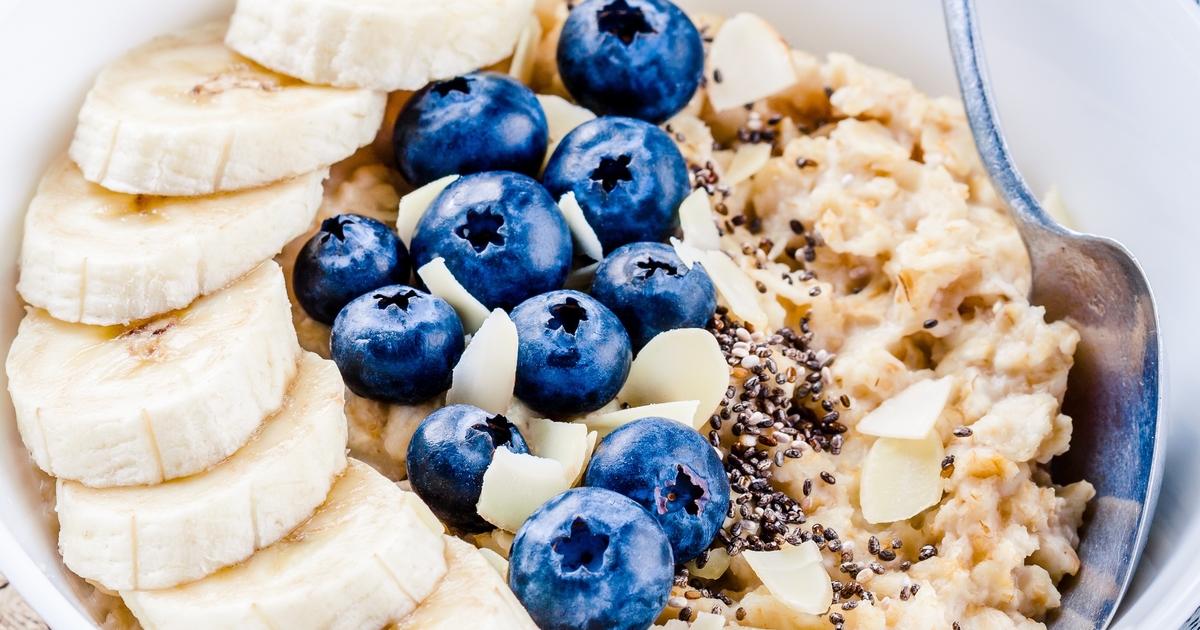
Individuals who have elevated cholesterol may wish to look out for high-fiber foods as they begin to adopt a healthier lifestyle. A type of fiber known as soluble fiber is especially beneficial in the reduction of cholesterol. This form of fiber binds to cholesterol while it is in the small intestine, preventing the cholesterol from being absorbed by the body. Current guidelines recommend female patients should consume twenty-five grams of fiber each day, and male patients should aim to consume thirty-eight grams. Nationally, most individuals only consume fifteen grams of fiber per day. Research indicates increasing soluble fiber intake by just five to ten grams each day can reduce low-density lipoprotein (LDL) cholesterol by five percent. Oats, green peas, apples, and several types of beans and citrus fruits are all high in fiber; each contains roughly one to three grams of fiber per serving. In particular, oats are especially helpful in lowering cholesterol since they contain beta-glucan, a type of soluble fiber that may reduce total cholesterol and LDL cholesterol by up to 14.5 percent (based on the consumption of eleven grams of beta-glucan each day). Patients who adopt a high-fiber diet should typically see changes in their cholesterol after four weeks.
2. Don't Forget About Nuts
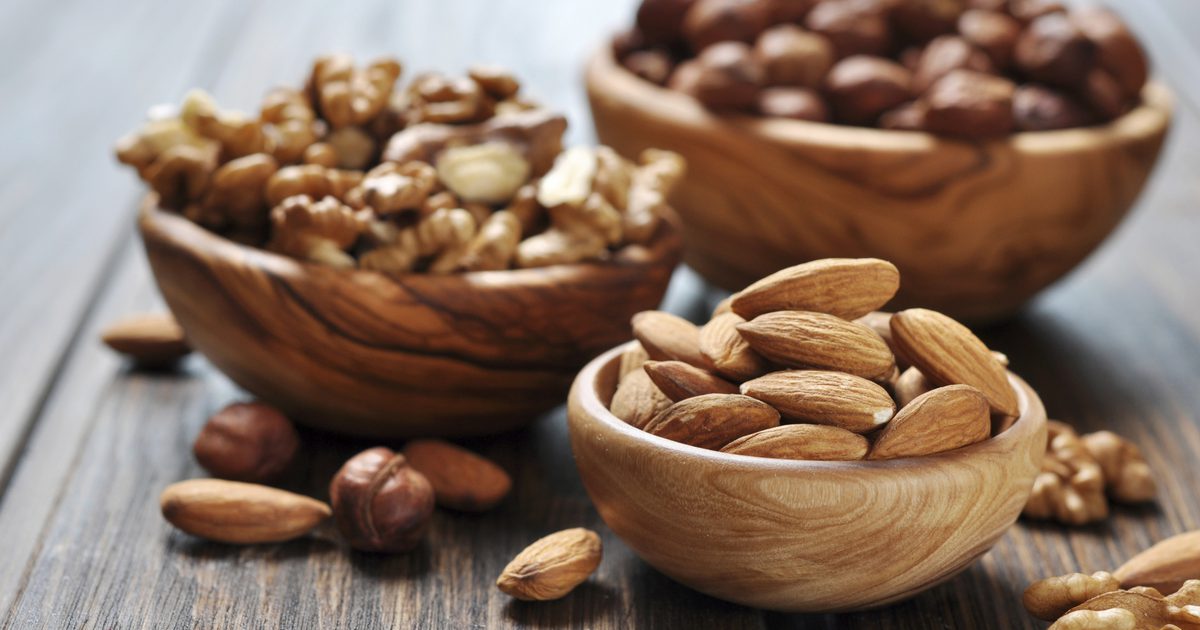
Individuals must not forget about nuts when modifying their diet to reduce cholesterol. Although nuts can be high in saturated fats, numerous studies have suggested certain nuts may be especially beneficial in managing high cholesterol. Like oats and beans, nuts contain soluble fiber that removes cholesterol from the bloodstream before it is absorbed. For example, both almonds and walnuts contain antioxidants that stop cholesterol from reaching the arteries, and they also have plant sterols that reduce the amount of cholesterol that enters the bloodstream. Monounsaturated fats account for roughly seventy percent of the total fat content in a serving of almonds. These fats have been shown to clear cholesterol from the arteries. Similarly, a 2004 study found consuming walnuts as part of a Mediterranean diet was associated with a reduction in LDL cholesterol and total cholesterol, and the nuts increased the elasticity of the arteries by sixty-four percent. Research indicates pecans and macadamia nuts also contribute to a reduction in LDL cholesterol. Since nuts are such a concentrated source of nutrients and fats, patients should carefully measure out an appropriate portion before they eat.
3. Use Olive Oil In Place Of Other Fats
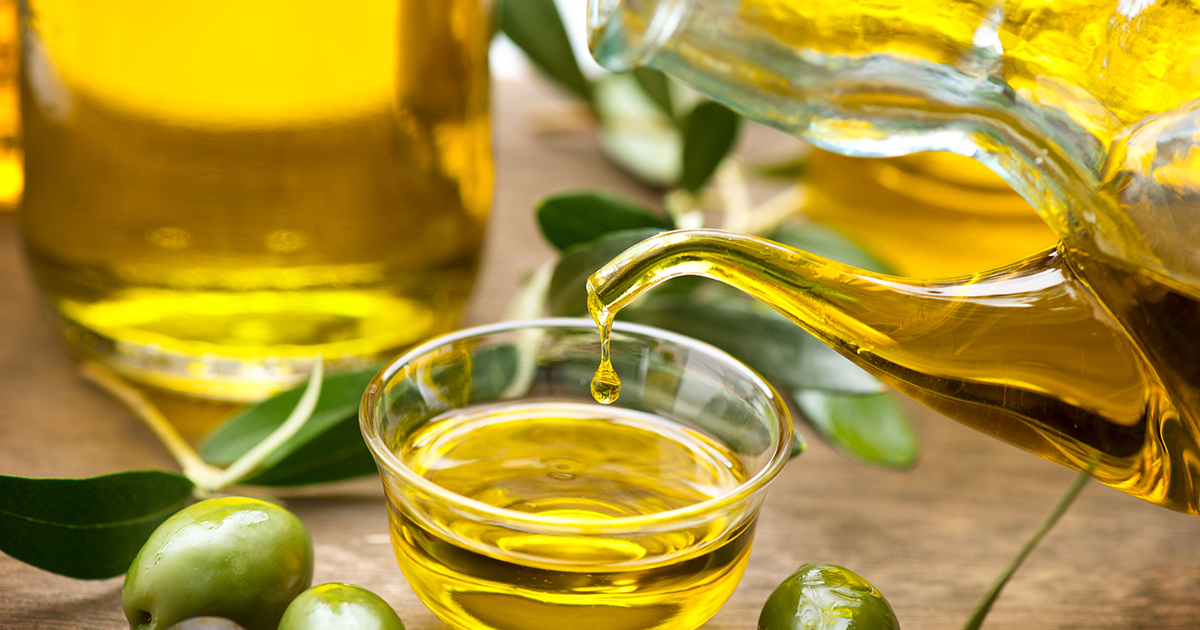
Individuals who use olive oil in place of other fats might find they have an easier time reducing their cholesterol. Olive oil is a dietary staple throughout the Mediterranean, and this region of the world has a lower incidence of cardiovascular disease than the United States. Many doctors recommend the use of olive oil since it is a good source of the monounsaturated fats shown to reduce cholesterol. The oil also contains antioxidants that reduce low-density lipoprotein cholesterol while maintaining the patient's levels of high-density lipoprotein (HDL) cholesterol ('good' cholesterol). When choosing olive oil, experts suggest patients purchase extra-virgin olive oil, which is of a higher quality than other types and may contain more antioxidants. Some individuals might wish to purchase an organic or cold-pressed olive oil too. Since olive oil has about 120 calories per tablespoon, doctors believe two tablespoons per day is sufficient to obtain the benefits of this oil while keeping total calorie intake in check. Olive oil comes in many varieties, some of which are infused with herbs, and it is ideal when drizzled over a salad. The oil can also be used in baked goods such as cakes and brownies. Since olive oil has a low smoke point, it should not be used for frying.
4. Looks For Foods With Added Plant Sterols

If a patient looks for foods with added plant sterols when adopting a cholesterol-lowering diet, they will discover plenty of nutritious options. Studies have shown plant sterols are one of the most effective natural remedies for cholesterol reduction, and they work by blocking the body's absorption of cholesterol. Currently, research suggests plant sterols are beneficial for reducing LDL cholesterol, but they have not yet been shown to reduce triglycerides. Major health organizations recommend patients consume one to two grams of plant sterols per day. Fruits, vegetables, legumes, and nuts all contain small amounts of plant sterols. Additionally, many foods and drinks such as orange juice, margarine, and yogurt are now fortified with plant sterols. These fortified sources make it easier to consume the recommended amount of plant sterols each day. A twelve-month study of patients with high cholesterol found simply swapping regular margarine for margarine fortified with plant sterols was enough to reduce LDL cholesterol by fourteen percent. Individuals interested in adding more plant sterols to their diets might wish to consult their doctor or a nutritionist about the best sources of plant sterols for their needs.
5. Avoid Added Sugars

To lower cholesterol, it is important to avoid added sugars. A recent study conducted in Atlanta followed more than six thousand adults over seven years. The study concluded the consumption of added sugars increases levels of low-density lipoprotein cholesterol and triglycerides while lowering high-density lipoprotein cholesterol. Added sugars are any sugars not found naturally in fruit or milk. Candy, soda, and baked goods are primary sources of added sugars, and they are also hidden in foods such as ketchup, crackers, yogurt, and granola bars. Current guidelines suggest patients should limit their daily intake of added sugar to no more than six teaspoons (one hundred calories) for women and nine teaspoons (150 calories) for men. Keeping a food journal can help with tracking sugar intake, and many apps will now calculate this automatically.
6. Embrace Fatty Fish: The Omega-3 Powerhouse
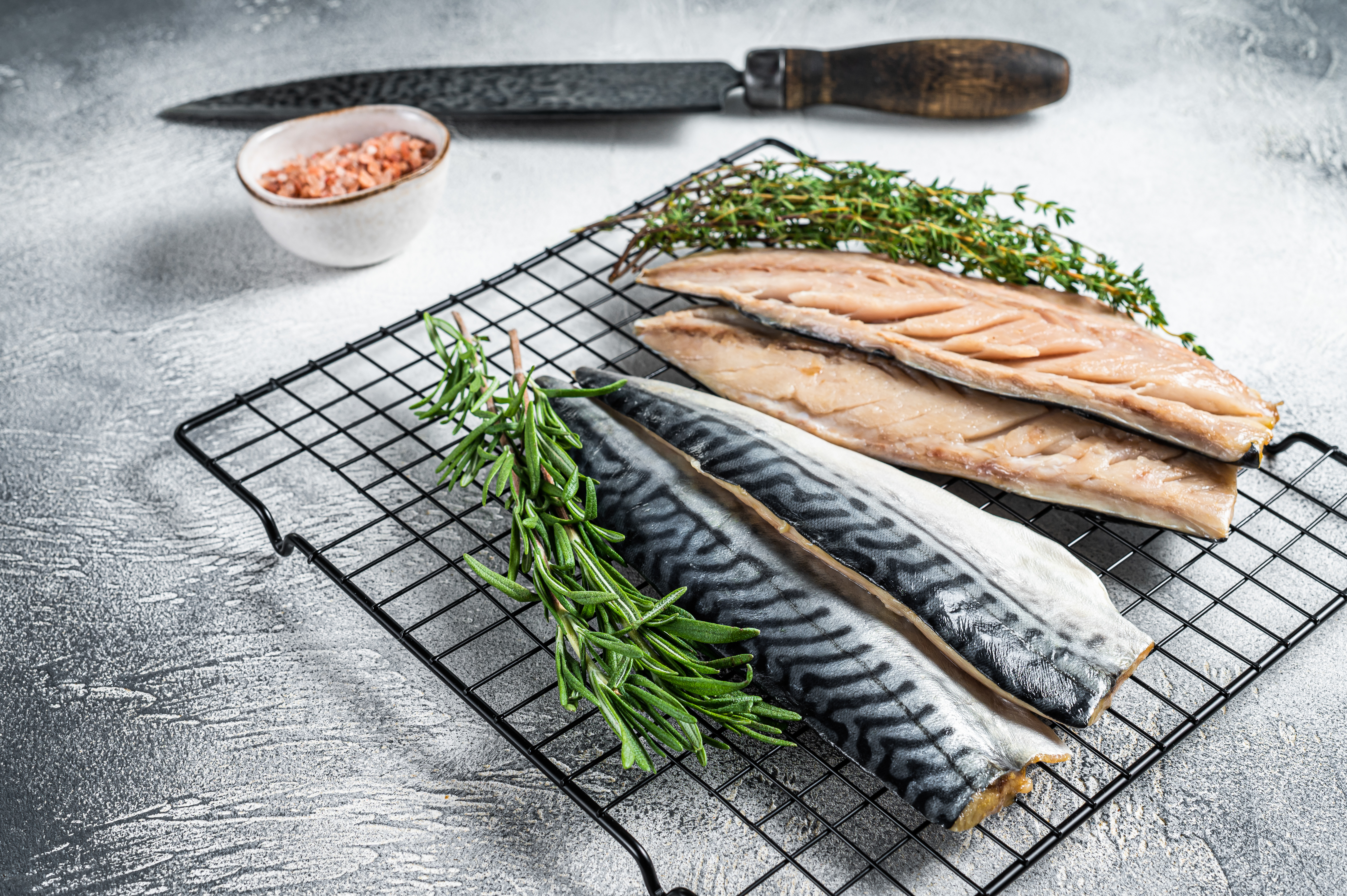
While nuts offer healthy fats, certain fatty fish are unparalleled in their direct impact on cholesterol. The ingenious secret lies in their abundant Omega-3 fatty acids (EPA and DHA), which don't just lower triglycerides but can subtly improve HDL (good) cholesterol and reduce inflammation that contributes to plaque buildup. Aim for two servings per week of salmon, mackerel, sardines, or albacore tuna. This isn't about bland fish; these are flavorful options that can be grilled, baked, or pan-seared with herbs, transforming your meal into a delicious, heart-protective intervention.
7. Explore Avocados: The Creamy Cholesterol Crusader
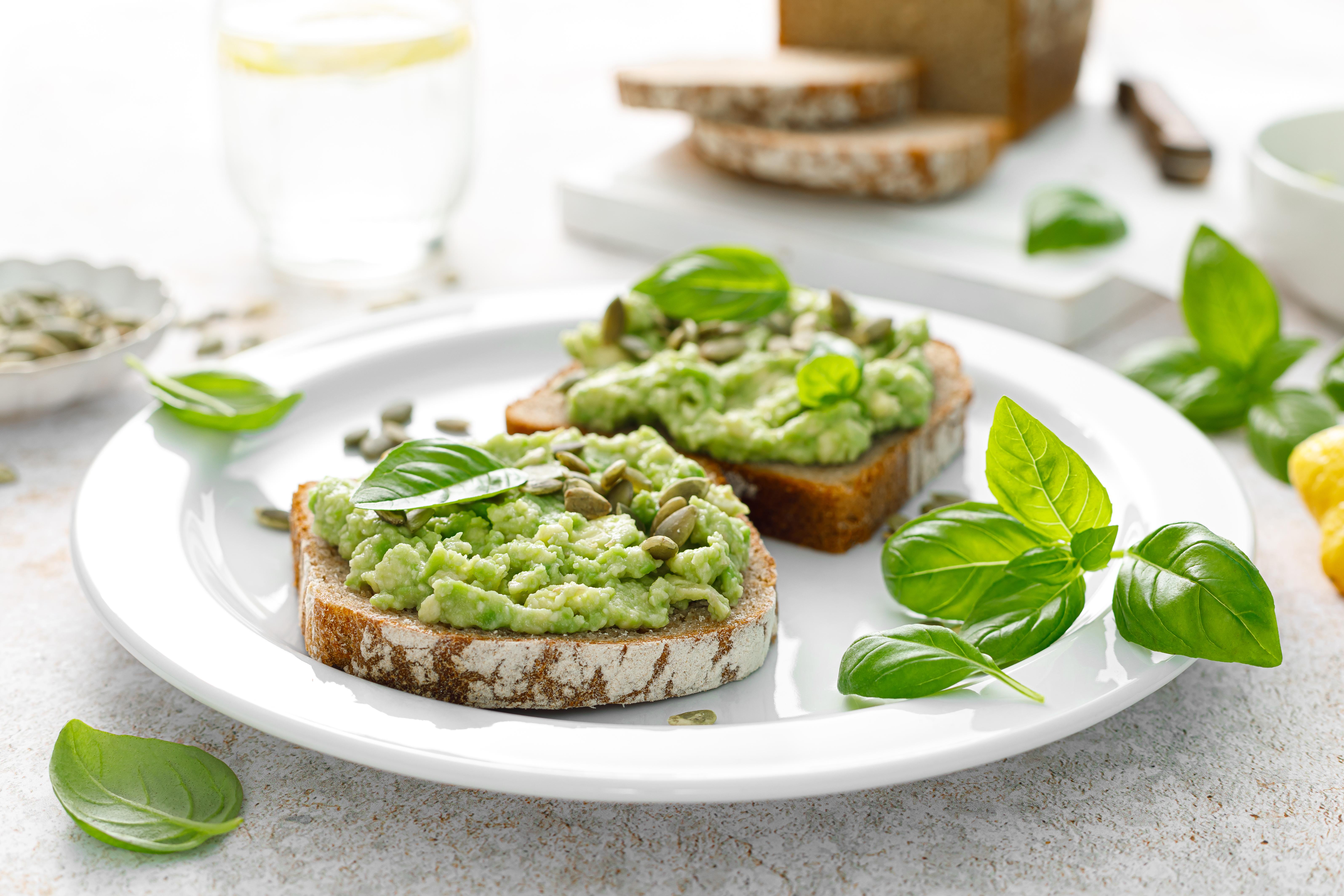
Avocados are a versatile, creamy delight that often gets a bad rap for being "fatty," but their fat profile is ingeniously beneficial for cholesterol. They are rich in monounsaturated fats (like olive oil) and plant sterols, which actively reduce LDL (bad) cholesterol. Beyond this, avocados pack a punch of soluble fiber and antioxidants. Incorporating a quarter to a half of an avocado daily into salads, toasts, or even smoothies adds a luxurious texture and boosts your intake of powerful cholesterol-lowering compounds, making healthy eating a truly satisfying experience.
8. Harness the Power of Berries: Antioxidant Superstars

Beyond just being sweet treats, berries are surprisingly potent allies against high cholesterol due to their exceptionally high antioxidant content, particularly anthocyanins. These compounds fight oxidative stress, which damages blood vessels and contributes to plaque formation. Blueberries, raspberries, and strawberries can also help reduce inflammation and improve overall vascular health. Enjoy them fresh, frozen in smoothies, or atop oats and yogurt. This simple, delicious addition provides a concentrated burst of protective compounds, turning an everyday fruit into a powerful, natural defense for your arteries.
9. Unlock the Magic of Legumes: Pulses for Your Plate
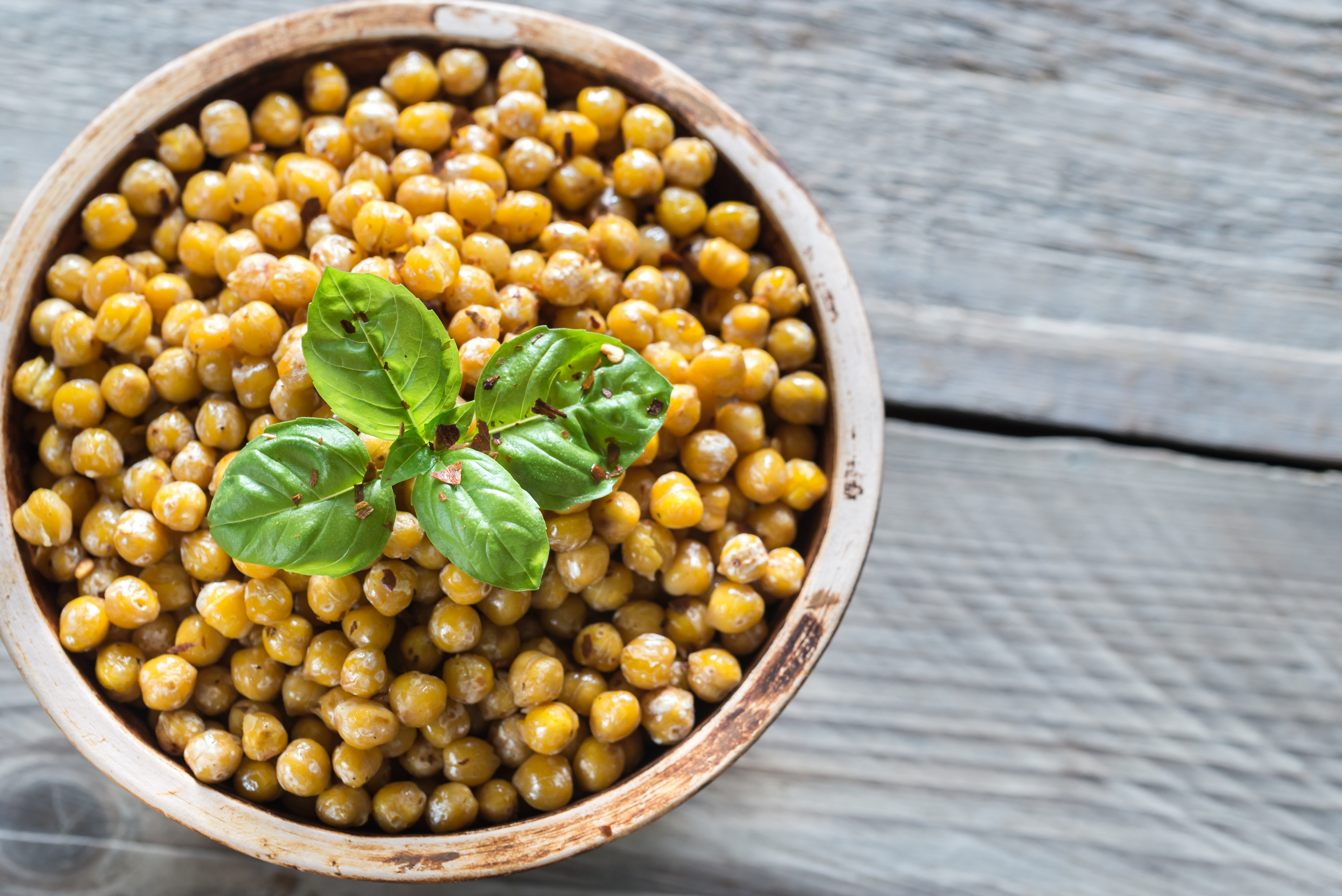
Legumes – including lentils, chickpeas, and various beans (beyond the ones already mentioned) – are often underestimated heroes in the fight against cholesterol. Their ingenious power lies in their dual punch of soluble fiber and plant protein. This combination not only binds to cholesterol for excretion but also provides a satisfying, low-fat protein source that can replace animal fats high in saturated fat. Incorporate them into soups, stews, salads, or create delicious veggie burgers. These versatile pulses are an incredibly affordable and effective way to profoundly impact your lipid profile.
10. Embrace Dark Chocolate (in Moderation): A Sweet Surprise
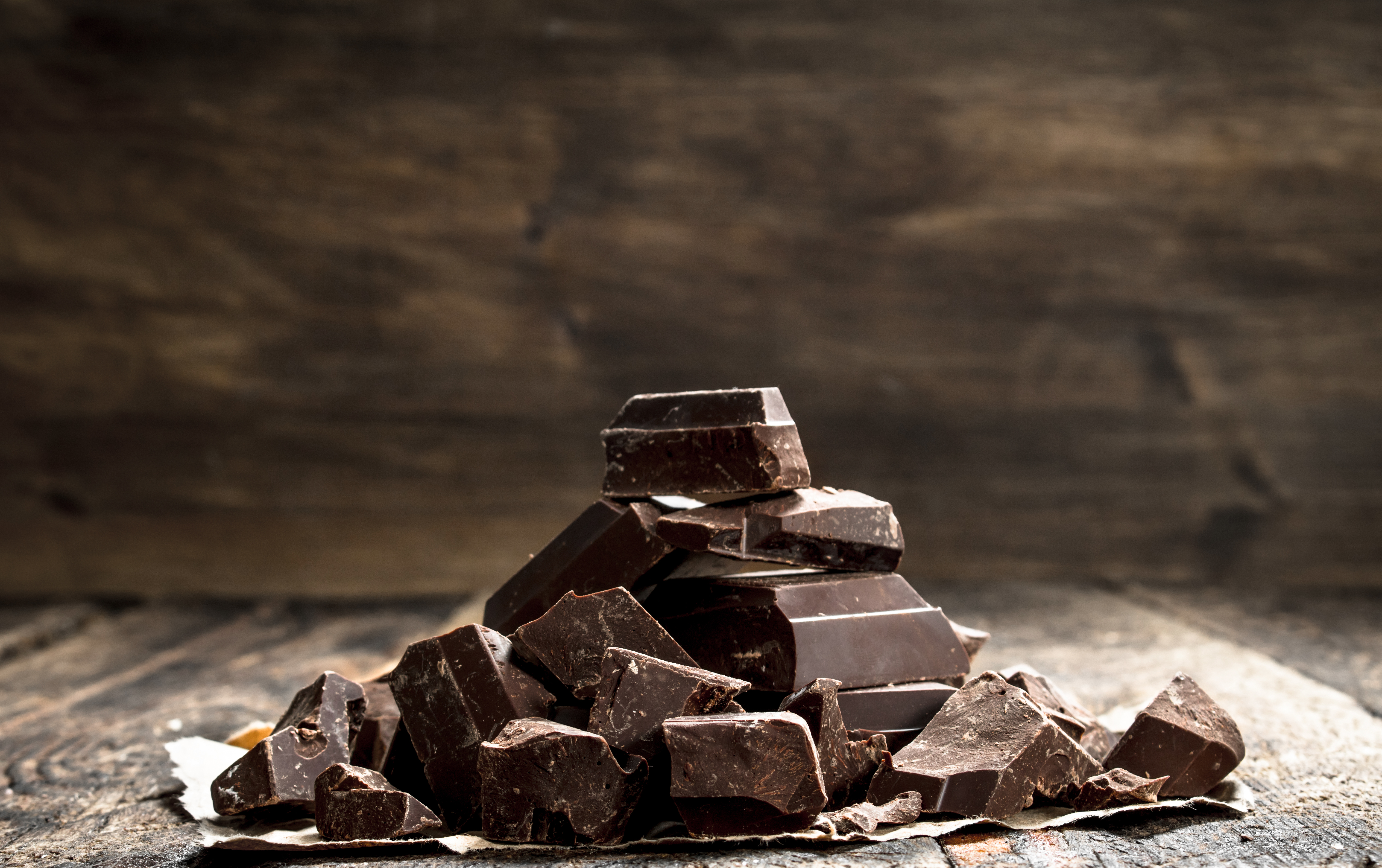
This is perhaps the most delightful "lip-smacking" secret: dark chocolate (with at least 70% cocoa solids) can actually be your friend in cholesterol management. Its ingenious power comes from flavonoids, powerful antioxidants that can improve blood flow, reduce blood pressure, and subtly lower LDL cholesterol while increasing HDL cholesterol. The key is strict moderation: a small square or two (around 1 ounce) per day. This doesn't mean a candy bar; it means savoring a rich, bitter-sweet treat that, in precise doses, offers surprising cardiovascular benefits.
Savor Your Path to Heart Health: A Delicious Transformation

Your journey to lower cholesterol doesn't have to be a battle against blandness. As these 15 lip-smacking strategies reveal, your plate can become your most powerful ally, transforming dietary changes into a culinary adventure. From the satisfying crunch of nuts and the rich healthy fats of avocados to the surprising benefits of dark chocolate and the hearty goodness of legumes, every bite offers a chance to actively reclaim your heart health. Embrace these ingenious, evidence-backed choices, savor the vibrant flavors, and discover how truly enjoyable and delicious your path to a healthier, more vital life can be. Your fork holds the power to reshape your future, one delightful meal at a time.